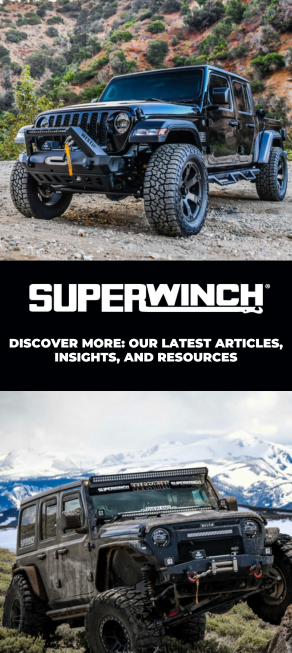Having the most powerful truck doesn’t guarantee you’ll be more capable off-road. The same goes for having the biggest or best winch. It all comes down to how you use it. Winches are arguably the most essential off-roading accessory, but understanding how to use them is key to maximizing their effectiveness and your safety. This blog will go into the factors that impact winch pulling power, covering everything from weather and ground conditions to line length and mounting location.
- Weather and Operating Temperatures
- Battery Power And Pulling Time
- Ground Conditions And Pulling Angles
- Line Size, Type, And Pull Rating
- GVW (Gross Vehicle Weight) And Mounting Location
Weather and Operating Temperatures
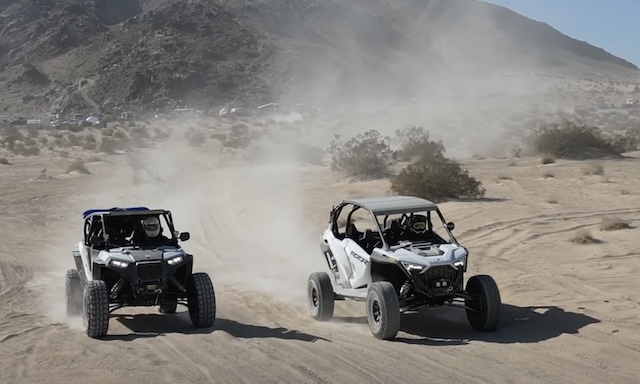
In winter, lubricants in winches can thicken, affecting performance. On the flip side, winching generates heat, which also impacts performance. Ensure proper cooling intervals are observed to prevent overheating – even in colder temperatures.
Battery Power And Pulling Time
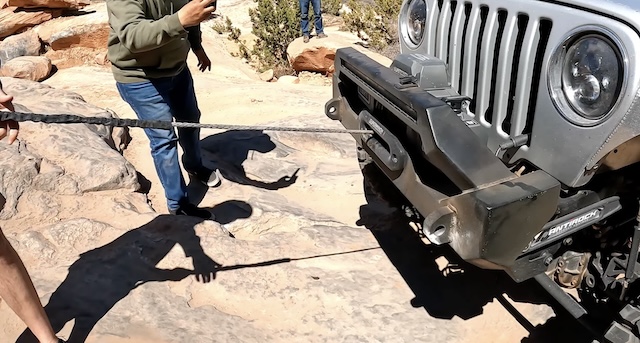
Ensure your battery has enough Cold Cranking Amps (CCA) to handle the winch’s power requirements. Constant use can quickly drain the battery and potentially damage the winch motor. You should keep the engine running while winching to help charge the battery. Stick to the duty cycle of your winch – this is the time it can run continuously before requiring a break. For most winches this means a cycle of 1 minute on, 1 minute off.
If you often are winching, consider a dual battery setup.
Ground Conditions And Pulling Angles
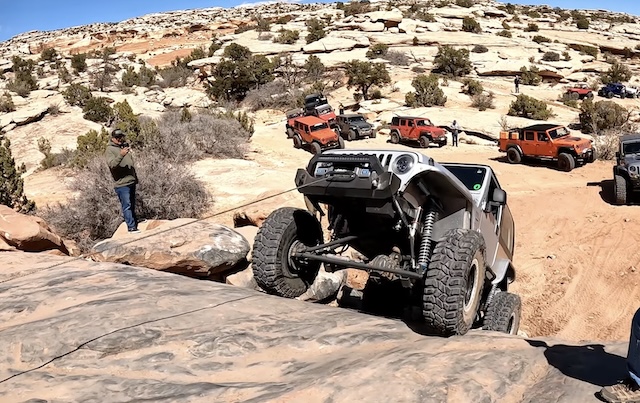
Winches are particularly useful in sandy conditions, where traction is limited. A winch can provide the necessary pull to escape most obstacles, but be aware that a vehicle bogged deep in the sand will require more pulling power than normal.
This is where pulling angles become important. Using a snatch block, you can redirect the winch line to change the angle of pull. This technique is useful in situations where a straight pull is not possible. By using a double-line technique with a snatch block, you can effectively double the pulling power of your winch.
Line Size, Type, And Pull Rating
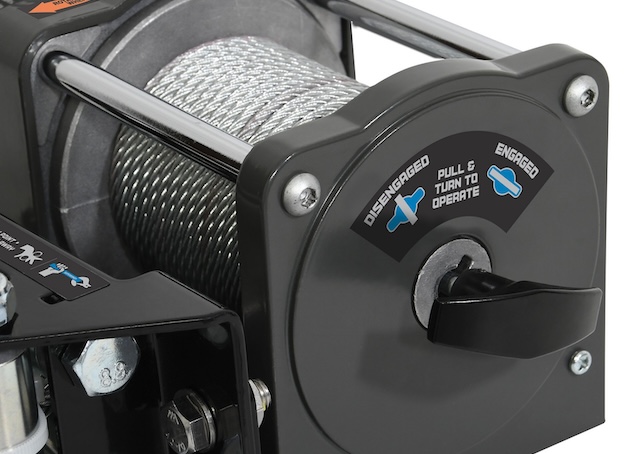
The diameter and length of the winch line depend on the winch’s capacity and the intended use. Most winches are already equipped with the correct size rope or cable, and you should stick to these specs if you need to replace the line at some point.
Synthetic lines are light, flexible, and float on water. They are less likely to snap than steel cable, but are pricier and require more care to ensure longevity. Steel cable is much heavier but is better suited for use over abrasive terrain and is a less costly option. Synthetic cabling generally has a slightly higher pull rating. But the final choice comes down to how you intend to use your winch. Read our comprehensive blog on the pros and cons of both here.
That maximum pull rating you see advertised is with just one layer of the cable on the drum. Each extra layer results in a 12-15% pulling power loss. Most drums take 4-5 layers of cable, so you may lose 50% of that maximum if you are winching with a fully wound-up cable. One solution is to unroll a few layers of cable before winching and move further away if possible. Another solution is to spec a higher capacity winch.
GVW (Gross Vehicle Weight) And Mounting Location
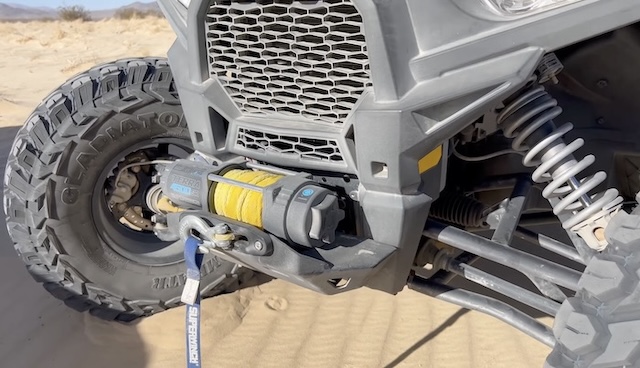
While your vehicle’s GVW (Gross Vehicle Weight) doesn’t impact how much your winch can pull, it is a guideline for how much pulling capacity you need. The GVW is the total allowable mass of the vehicle, including any occupants and equipment, and most experts recommend that your winch can pull 1.5 times that figure.
The most common location for mounting a winch is at the front, but rear mounting is also an option for certain situations. The pulling power needed won’t change based on the mounting choice, but you must ensure that the winch is properly installed with a solid mount to withstand the stresses of winching.
Superwinch Has the Perfect Solution For Your Winching Needs
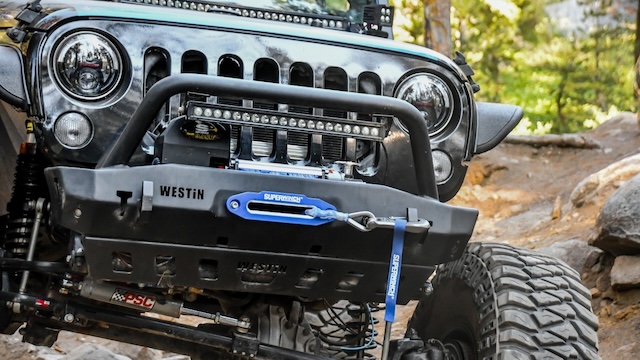
Superwinch has been providing reliable and high-performance winching products for over 50 years. It is a subsidiary of Westin® Automotive, a manufacturer of quality aftermarket automotive products for Trucks, Jeeps, and SUVs.
Effective winch usage requires understanding key aspects to ensure safety and efficiency. Weather conditions, ground type, winching angles, line characteristics, battery power, and mounting location all play a significant role in how a winch performs. Remember to follow safety guidelines and proper winching techniques to make the most of this essential off-road tool.
Superwinch products feature first-class design, quality construction, maximum value, and simple, safe operation. We back our products up with a comprehensive warranty, too. Get in touch with our expert team if you need assistance with our wide range of winches and winching accessories.

